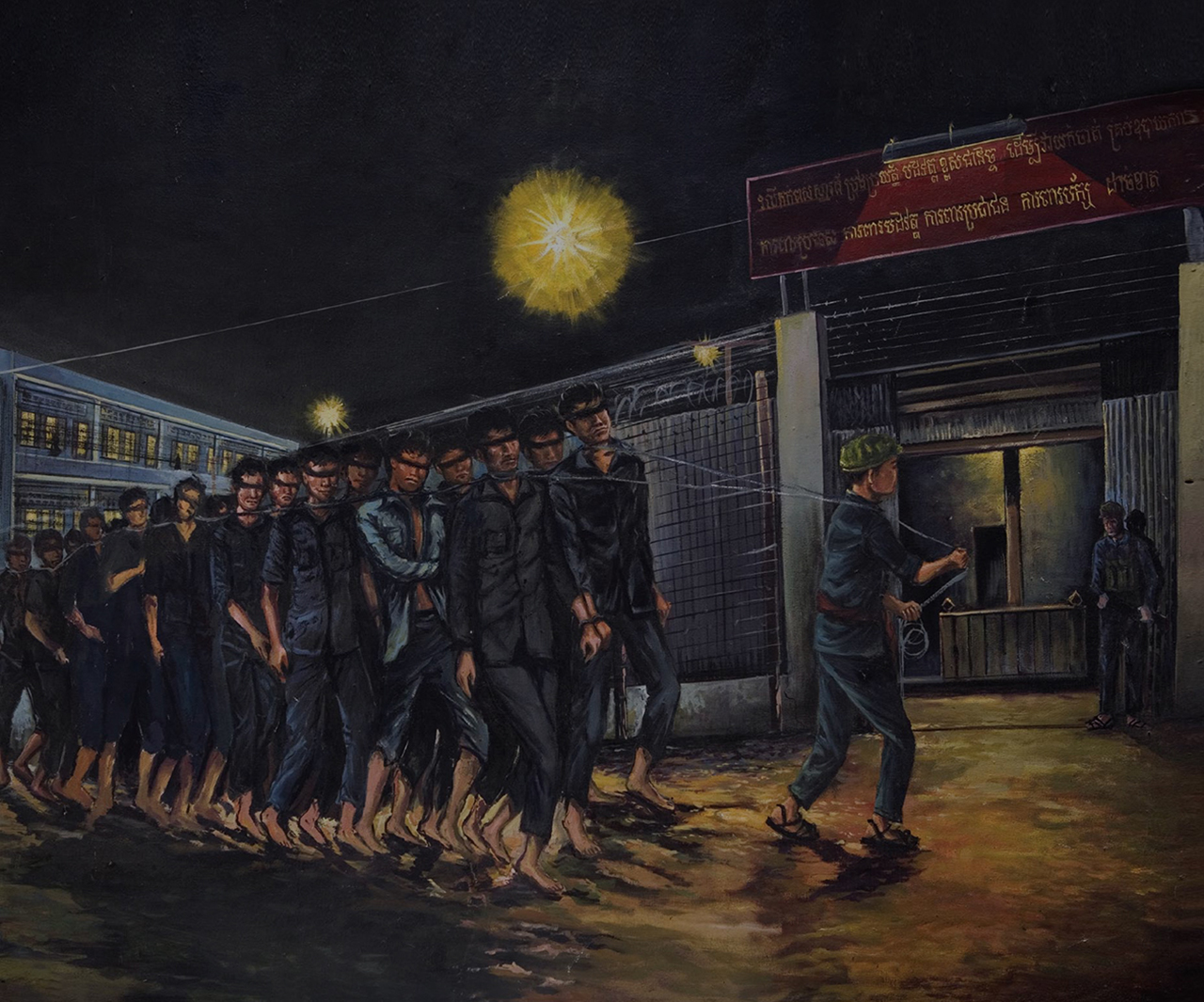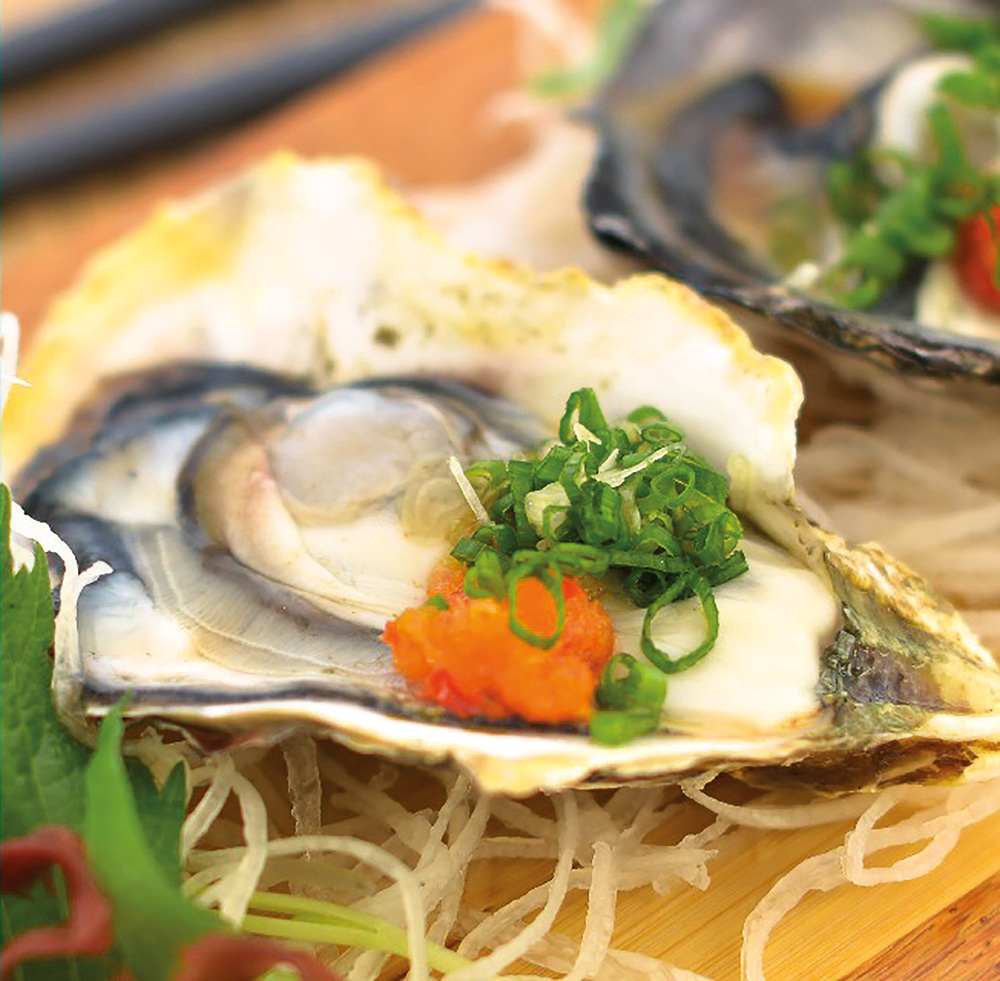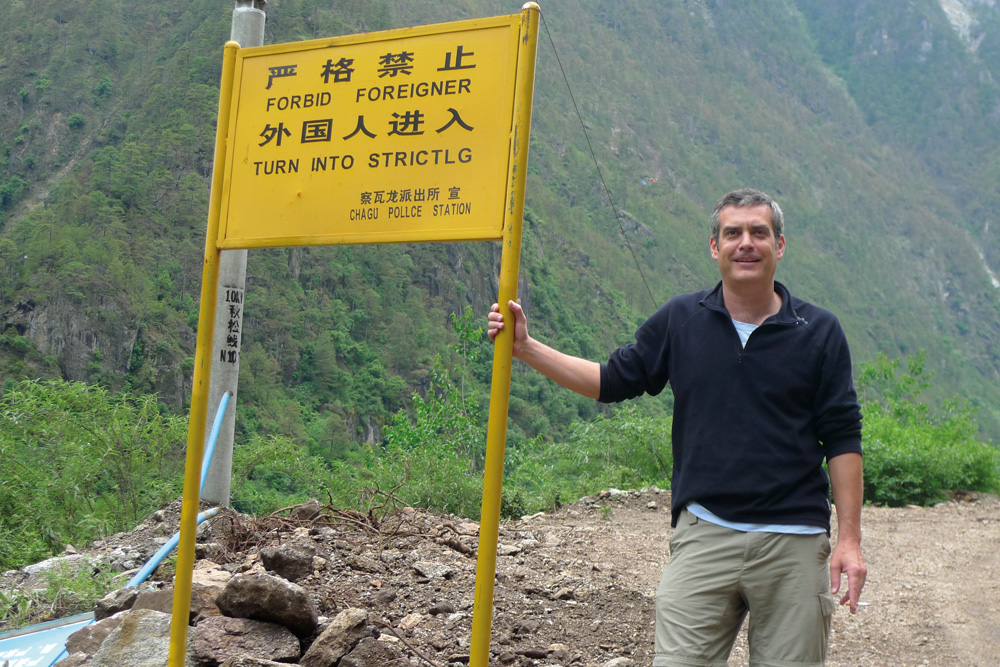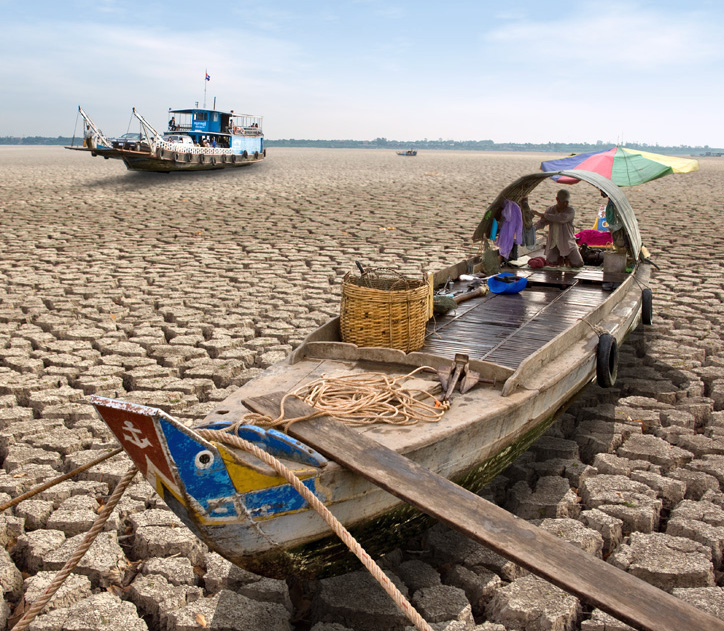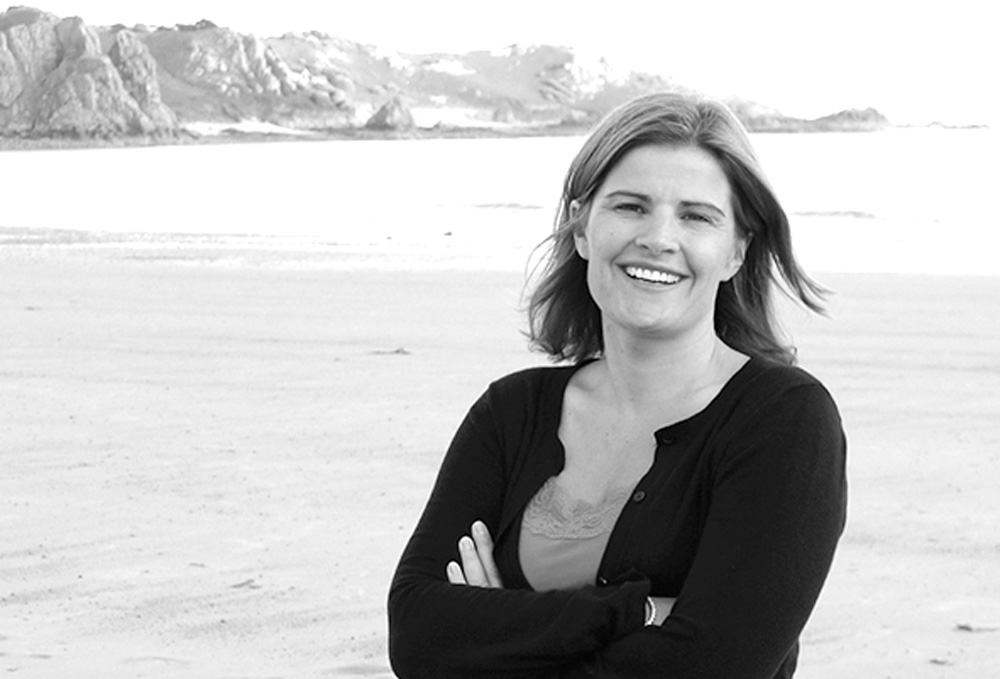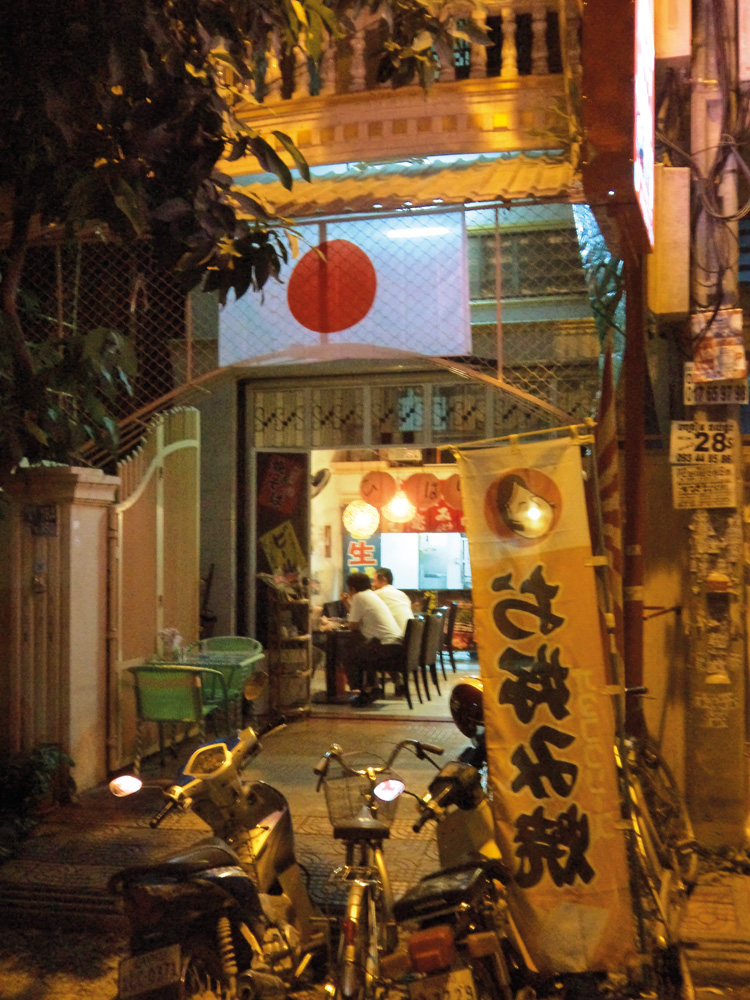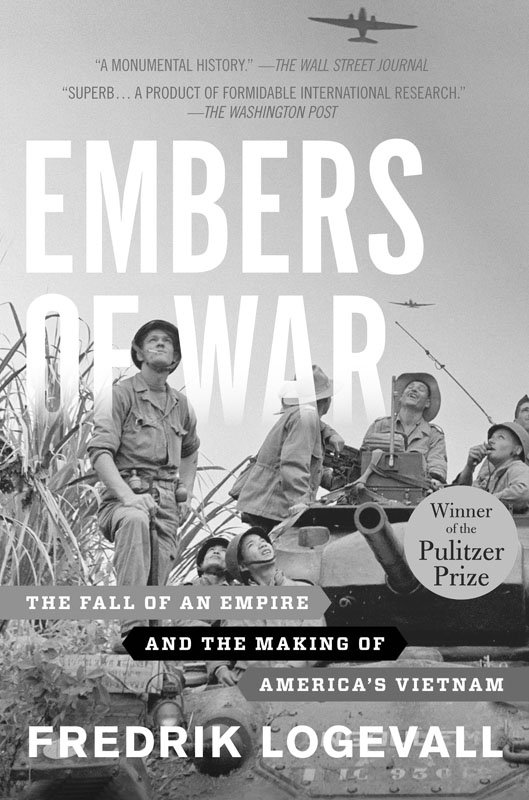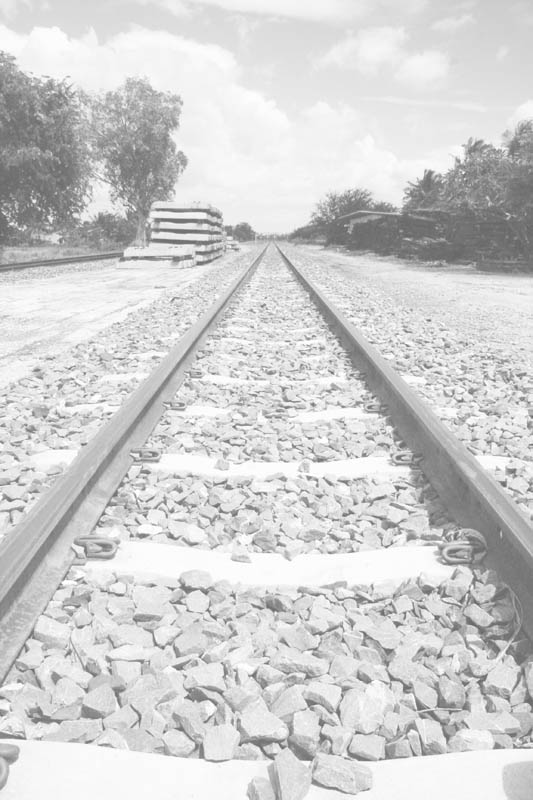Proposals for mainstream dams on the lower Mekong River threaten the livelihood of more than 60 million people and imperil some of the most biodiverse freshwater life on the planet. Wayne McCallum investigates the Sambor Dam proposal and its potential impact on those who call the river “mother.”
Kratie Province, Sambor District
I have finally found it, that most rare of things: a group of teenagers who do not use Facebook. I am standing on an island in the centre of the Mekong, about an hour’s drive north of Kratie and only 500 metres from the “mainland,” but I could be in another world. There is a special feeling here of the Cambodia I knew 10 or so years ago, before things became so hurried and hectic. The teenagers of the island Koh Rongeav remain unflinchingly optimistic about their future. One, Sean Thirith, hopes to work for an NGO one day, two of his classmates wish to become teachers, another a healthcare worker. The young men are courteous and smile nervously when I ask them questions. When I leave 20 minutes later, I depart in a sea of waves feeling that, if these pupils represent the future, then all bodes well.
Ominously, however, their island and river are standing in the headlights of breakneck development. One proposal, a hydro-scheme at Sambor, would likely flood their school, homes and livelihoods beneath concrete and water. With them could vanish some of the last global populations of Irrawaddy dolphin, candor turtle and giant Mekong catfish. It’s a sobering thought as we gather for a group photo, the teenagers laughing and smiling, seemingly unaware of the forces coalescing around their island, swirling like a dark eddy in the Mekong itself.
•••

At 4,350 kilometres in length, the Mekong (or “Mother of Water”) is the twelfth longest river in the world and the seventh longest in Asia, with a catchment of 795,000 square kilometres. It originates in the glaciers of the Tibetan Plateau, then passes through China, Burma, Laos, Thailand, Cambodia and Vietnam before discharging into the South China Sea. The value of the river, and the life and ecosystems it supports, is immense. Mekong expert Professor Zeb Hogan, from the University of Nevada, describes the waterway as “the most productive river in the world.” In terms of biodiversity, the river is second only to the Amazon in the range of species and habitats that it contains. Some of this life is unique to the Mekong itself, including two species of the probarbus family: the thin-lip and thick-lip bard, large white fish that reach more than a metre in length. Both were categorised only in 1992, and the nature of this recent discovery hints at how little we still know about the Mekong.
More well-known is the king of the river’s fish: the giant Mekong catfish. Reaching up to 3 metres in length and 300 kilograms in weight, the catfish is the world’s largest freshwater fish and a true river behemoth. Sadly, with numbers of this creature declining by 80 percent over the last 15 years, the catfish is now categorised as critically endangered. Other rare species abound on the Mekong, including the Irrawaddy dolphin, the candor turtle and freshwater stingray. The list hints at both the Mekong’s ecological significance and its current plight.
But it is the more common creatures that provide a vital backbone to an estimated 60 million people who rely on the Mekong’s fish and other aquatic resources – including shellfish, snakes and frogs – for food and income. Between them they consume 2.5 million tonnes of wild fish, a sum representing between 47-80 percent of the dietary animal protein for this population. Crucially, the open access nature of the Mekong’s wild fishery means that it is vitally important to the poor, who find themselves increasingly marginalised from the region’s land and forest resources.
The incredible biodiversity and productivity of the Mekong can be attributed to several interrelated factors. These include: the share size of the river and the diversity of its catchment; the opportunities created by the seasonal variations in the river’s flow; and the productivity of its various instream and riparian ecosystems, augmented by massive sediment inputs.
For Simon Mahood, a researcher at the Wildlife Conservation Society, the discharge of water is particularly important. “The flow of the water regulates the annual flooding of the Tonle Sap Lake,” he says. “It supports an incredible diversity and abundance of fish that constitute the primary source of protein for Cambodia’s people, and brings sediment to farmers in the floodplain, sustaining Cambodia’s rice harvest.”
•••
 Yet, despite its massive ecological, economic and social importance, Southeast Asia’s “mother” river faces a mounting array of threats. In the Cambodian tributaries of the Sekong, Sesane and Srepok, economic land concessions are causing the wholesale destruction of wetlands and forests, the sponge-like lungs of the Mekong. Chemicals leached from mines have caused fish and livestock deaths, and burns to people who previously called the river friend. In the Mekong’s main stem, pressures from illegal fishing have caused a sharp decline in fish resources, while in the face of intimidation, including fire arms, local villagers have been left defenseless. Now, the specter of hydro-development in the mainstream of the lower Mekong is adding a new concern. Currently, the Laos government is proceeding with a project at Sispondone, the Don Sahong dam, despite international protests, including from the Cambodia government, which has called for a review of the scheme. Joining this protest has been international agencies, World Wide Fund for Nature among others, with calls for a moratorium on all mainstream dams until a full and detailed assessment has been completed.
Yet, despite its massive ecological, economic and social importance, Southeast Asia’s “mother” river faces a mounting array of threats. In the Cambodian tributaries of the Sekong, Sesane and Srepok, economic land concessions are causing the wholesale destruction of wetlands and forests, the sponge-like lungs of the Mekong. Chemicals leached from mines have caused fish and livestock deaths, and burns to people who previously called the river friend. In the Mekong’s main stem, pressures from illegal fishing have caused a sharp decline in fish resources, while in the face of intimidation, including fire arms, local villagers have been left defenseless. Now, the specter of hydro-development in the mainstream of the lower Mekong is adding a new concern. Currently, the Laos government is proceeding with a project at Sispondone, the Don Sahong dam, despite international protests, including from the Cambodia government, which has called for a review of the scheme. Joining this protest has been international agencies, World Wide Fund for Nature among others, with calls for a moratorium on all mainstream dams until a full and detailed assessment has been completed.
But now, in the shadows, there are reports that Cambodia is planning its own mainstream project at Sambor, 40 kilometres north of Kratie. Sophoan Phean, project manager at Oxfam, is conscious of the scheme. “For the mainstream Mekong at the moment, one dam that is being discussed in Cambodia is the Sambor dam,” he says. “The information received so far are reports from the community of a Chinese group who came to take samples of water, drilling the river’s banks and beds, and topography studies.”
Hul Soeun, commune chief on Koh Thnot, another mid-stream Mekong island, has heard talk of the project. He recalls a visit by Chinese geologists in 2006 and a more recent visit, late last year, by another Chinese team. Back in town, Em Thirin, Sambor’s deputy governor, talks about a recent visit by consultants who came to gather information about the river’s communities. Despite this activity, none of the officials spoke of contact from the Ministry of Mines and Energy – the agency managing hydro-development in Cambodia – and my own efforts to raise the subject with the Ministry went unanswered.
Chinese consultants taking samples and a lack of transparency from the Ministry of Mines and Energy – it all sounds very familiar. The history of recent hydro-development in Cambodia has been underlined by an opaqueness as thick as the concrete that now spans the Kampot, Sesan, Srepok and Stueng Tatai rivers. Together, these suggest a planning environment that instills little faith in the processes of consultation, due diligence and professional levels of impact assessment should a Sambor dam move forward.
A search of the internet is more forthcoming. Online records show the first mention of a dam at Sambor in the ‘50s, with a survey later completed in the early ‘60s. In 1994, the Mekong Secretariat (a forerunner to the Mekong Commission) proposed the concept of a dam that would span the entire Mekong at Sambor and generate 3,300 megawatts of electricity.
Later, in 2006, the China Southern Power Grid Company signed an agreement to carry out a feasibility study for this massive project and a smaller dam that would generate 435 megawatts and block an eastern channel of the river (this timing corresponds to the reports of surveys on the river described to me). The smaller proposal, which is the focus of current interest, would entail the construction of a 2-metre weir to channel water from a reservoir – covering an area of 6 square kilometres – down a 20-kilometre-long and 350-metre-wide canal that would run parallel to the main river. After running through a set of turbines, the water would either discharge back into the Mekong or be diverted for irrigation.
•••

But what would the consequences from the construction of a dam at Sambor be? Officials and members from the local community offered their insights.
Fisheries Administration Cantonment Director Sean Kin is in a good position to comment. He grew up by the river and has spent 26 years promoting the sustainable use of the Mekong’s fishery resources. For Kin, the concerns range from impacts on the Mekong’s currents and the quality of river water to the survival of the river’s deep pools, some up to 30 metres in depth, which are vital to the survival of the remaining populations of giant catfish, freshwater stingrays and Irrawaddy dolphin. Reaching up with a desk ruler, one of Kin’s colleagues points to the place on a map where the proposed Sambor dam would go. In 2005, a survey by the Wildlife Conservation Society identified a major deep pool just below where he is pointing, reputedly the deepest of those on the lower Mekong. The area is a short distance from some of the last remaining Mekong dolphin populations – down to less than 80 individuals – living in the river.
Sam Sovann, executive director of Northeastern Rural Development Organisation, works closely with communities living on the Mekong islands of Sambor. He puts the importance of the Mekong to Cambodia succinctly, “The Mekong is the brain and the Tonle Sap is the heart.” His NGO, working alongside the local community, has helped to publicise concerns about the Sambor Dam and the upstream project at Don Sahong. In 2014, NRD organised for a party of villagers to travel to Kuala Lumpur to petition the Malaysia Human Rights Commission, protesting against the role of the Malay company, Mega-First, in the construction of the Don Sahong dam. Traveling with the deputation was Sem Vorn, a 60-year-old mother of nine, on her first trip outside the Kingdom. Following her travels, Vorn is now known locally as the “Brave Lady,” and one can only imagine what she might do if someone decides to build a dam across her island home.
Back on Koh Rongeav Island, commune chief Chhit Norn is especially worried about the likelihood of population displacement caused by the construction of any dam. “People’s lives here are connected closely to the river,” he says. “I do not know if a new location would be connected to the Mekong and how people live today.”
Across on the adjacent island of Koh Thnot, commune chief Hul Soeun puts its more personally. “We have grown many fruit trees here,” he said. “If we move we will have to buy this fruit and we will lose years of work and care.”
Next to Hul a colleague cuts in, “I am too old to clear and develop land again.”
For him, this is his home and he does not wish to move.
•••

Tellingly, the concerns of those living and working in Sambor are substantiated by national and international experts, for whom a primary fear, given its economic and ecological value, are impacts on fish migration and breeding. Concerns about the Don Sahong dam in southern Laos highlight the dimensions of this issue. When completed, Don Sahong is expected to block the only channel providing assured dry-season passage for fish moving up and down the Sispondone portion of the Mekong. Meanwhile, any fish moving down the river that hit this or any other future dams face being churned to pieces by turbines or diverted down canals and lost to the Mekong system. These impacts could precipitate the extinction of a host of key Mekong species, including the aforementioned thin and thick-lipped bard, which travel extensively up and down the river through their life cycles.
The operating regime of any mainstream dam will also invariably alter the natural flow patterns of the Mekong, disrupting the biological cues that trigger fish spawning and migration. Removed also, trapped behind a dam, will be a portion of the Mekong’s massive sediment flow, which helps to fertilise the rice bowl of the Cambodia plains and the Mekong Delta. These sediments are also crucial in replacing soil lost to the impacts of erosion and sea level rise. Above and below the dam, meanwhile, the future of the Mekong’s important deep pools will be uncertain, as dam-induced hydrological changes will alter the processes that create and maintain these unique environments. Scientists also expect mainstream dams to affect lake levels in Cambodia’s Great Lake, with unknown implications for one of the planet’s most significant inland fisheries.
Oxfam’s Sophoan Phean is working closely with the Sambor community and recognises the impacts on river connectivity as a major concern. “The river plays a very important role in connecting the spawning and growing areas between the Mekong and the Tonle Sap,” he says. “So, regardless of the measures that are taken to facilitate the migration process, the proposed dam will cause disruption and there are going to be certain fish that can no longer go upstream to spawn.”
Tracy Farrell, technical advisor with Conservation International, agrees. “What is sometimes forgotten is that there are both up and downstream fish migrations happening annually,” she says. “We can definitely expect to see declines in fish yields for dependent populations of people, mainly the poorest of the poor, as well as millions of others.”
The ecologically unique flooded forest environments around Sambor will also come under imminent threat from the construction, inundation and flow alterations from any hydro-development undertaken in the area. Each wet monsoon, these forests are inundated by the rise in the Mekong’s water levels, providing a temporary home and food source for a wide variety of fish and other animals, including rare species such as Cambodia’s national bird, the critically endangered Giant Ibis.
A study lead by Alan Ziegler in 2013 documents the likelihood that the development of dams on the Mekong will result in an increase in water and food associated illnesses, including schistosomiasis, dengue and malaria fever, diarrheal complaints, and even cancer (caused by the trematode fluke, Opiethorchis viverrini).
Behind all these changes are the impacts on human communities, ranging from consequences for food security and livelihoods to displacement and damage to homes and workplaces (a 2010 UN report estimated that 19,000 people could be displaced by the development of a dam at Sambor). These impacts are more than just physical, for the river is the spiritual home to the people who live along its banks, including members of the Kuy ethnic minority, who have resided on the Mekong for generations, creating lives that move with the rhythms of the river. This includes people such as Sem Sorn, Sambor’s “Brave Lady,” who each dry season transforms a small portion of a Mekong riverbank into a lush family garden.
•••

Sem, Chhit and Hul are heartland people and those for whom the trickle-down effects of Cambodia’s development are eventually meant to benefit. However, in the race to power Cambodia’s economic growth – and the air conditioners, opulent villas and new malls of Phnom Penh – they and the river’s other inhabitants appear to be footing the bill. Recalling the smiling teenagers of Koh Rongeav School, the injustice is obvious, and yet all the people I spoke to in Sambor were balanced and fair in their approach to hydro-development on the Mekong. Most agreed that if proper and detailed impact studies reveal the impacts to be minimal, then it would be acceptable for a dam to proceed. Tracy Farrell of Conservation International is also conscious of the challenges facing power generation in the Kingdom and would like to see alternative options considered.
“There is no question that energy provision is a key development needed for the Lower Mekong,” he said .”What we would like to see is greater emphasis on where [dams] are located, how they are operated, and greater consideration of other alternative energy options, such as solar, wind and biogas.”
•••
From March 13 to 15, the first Mekong River Festival celebrating Cambodia’s “mother” river will be held in Kratie, just a few kilometres south of Sambor. Yet if the Don Sahong and Sambor dams – and up to nine others proposed for the lower Mekong – are completed, one has to wonder if there will be anything to celebrate in the future.
Whatever happens, you feel that the people of Sambor will not allow bulldozers to roll over their homes, history and livelihoods without a fight.
After a long day on the Mekong, with the sun now sinking below the sugar palms, I ask Sem Vorn what she loves most about living on the river.
Her crinkled face lights up with a warm smile. “The fresh air,” she says. “And the soil along the riverbank is fertile and you do not have to use chemicals. It is better.”
She pauses, then looks out across the Mekong, a steely expression of resolve crossing her face.
“It is my home,” she says. “I will die here.”
 Although the word is rarely used, the spirit of “le cafard” permeates through Anna Jaquiery’s new crime novel Death in the Rainy Season, with anxiety, depression and base desires seeping out from between its pages. It’s almost enough to have you reaching for the Xanax and booking tickets to Bali before the wet monsoon kicks in.
Although the word is rarely used, the spirit of “le cafard” permeates through Anna Jaquiery’s new crime novel Death in the Rainy Season, with anxiety, depression and base desires seeping out from between its pages. It’s almost enough to have you reaching for the Xanax and booking tickets to Bali before the wet monsoon kicks in. Q&A
Q&A





